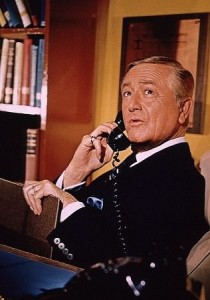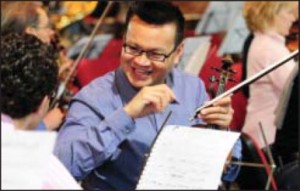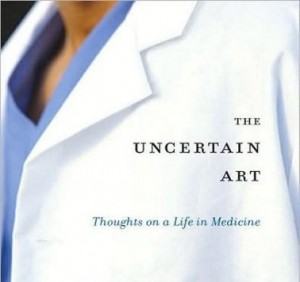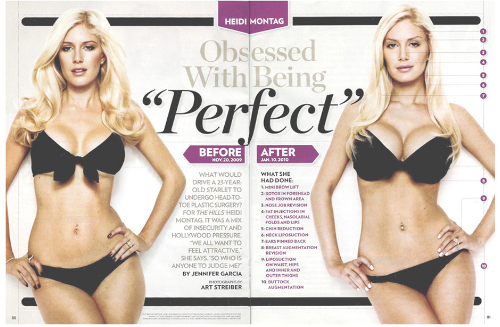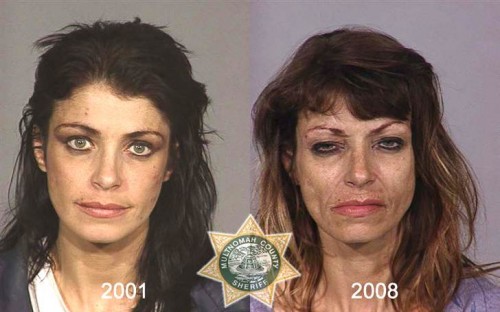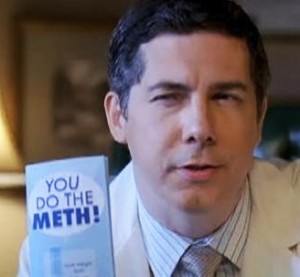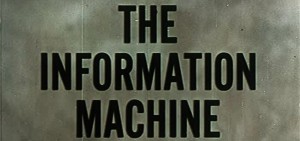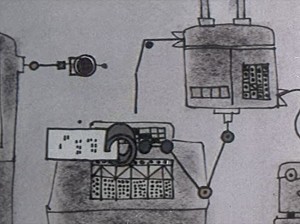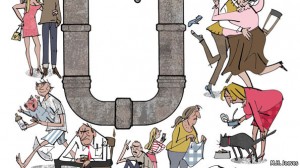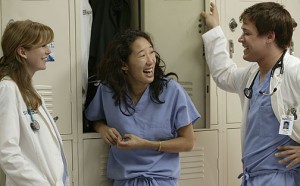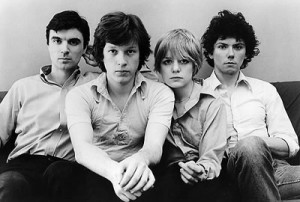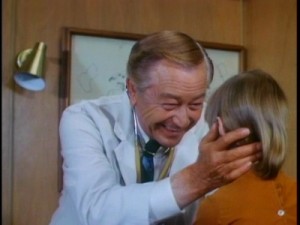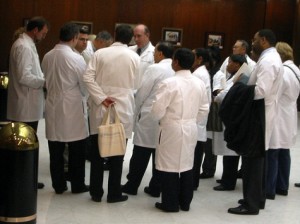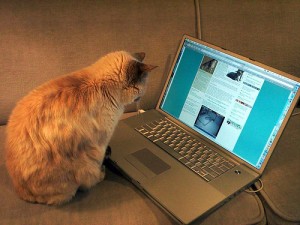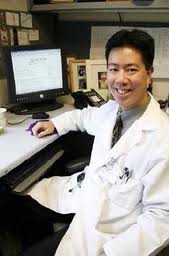 In part one of this post I explained the most common meaning of healthism (an excessive preoccupation with healthy lifestyles and feeling personally responsible for our health) and described an authoritarian sense of the term. Here I discuss healthism as an appeal to moral sentiments and as a source of anxiety. I also note an unusual definition of the term as the desire to be healthy, which leads me to end with a personal disclaimer.
In part one of this post I explained the most common meaning of healthism (an excessive preoccupation with healthy lifestyles and feeling personally responsible for our health) and described an authoritarian sense of the term. Here I discuss healthism as an appeal to moral sentiments and as a source of anxiety. I also note an unusual definition of the term as the desire to be healthy, which leads me to end with a personal disclaimer.
Moral healthism
The directive to be personally responsible for our health – whether it comes from a government health policy, the medical profession, or an advertisement – is often fraught with unacknowledged moral overtones. People who practice healthy lifestyles (daily exercise, a Mediterranean diet) and dutifully follow prevention guidelines (annual cancer screenings, pharmaceuticals to maintain surrogate endpoints for risk reduction) are overtly or implicitly encouraged to feel morally superior to those who do not. This includes the right to feel superior to those who ‘choose’ to be unhealthy – after all, isn’t smoking a morally indefensible choice? The implication is that those who fail to take responsibility for their health are undeserving of our sympathy or assistance (especially financial).
This quality of healthism – like the anti-authority healthism discussed in part one – is possibly more common in the US than elsewhere. It’s unfortunate but true that in the US there’s a tendency to blame the poor and disadvantaged for not being able to pull themselves up by their bootstraps. There is a decided unwillingness to acknowledge that differences in wealth and social class during childhood have lifelong effects on behavior and health. Read more


